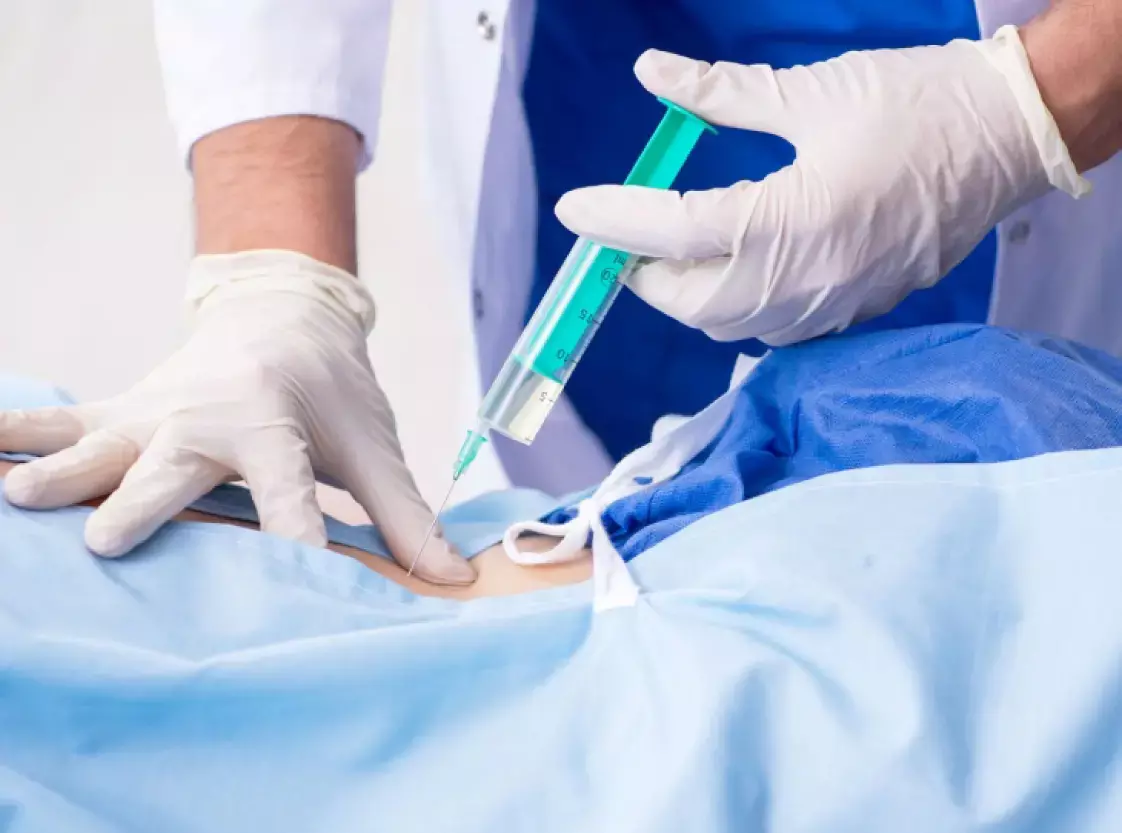- Home
- Medical news & Guidelines
- Anesthesiology
- Cardiology and CTVS
- Critical Care
- Dentistry
- Dermatology
- Diabetes and Endocrinology
- ENT
- Gastroenterology
- Medicine
- Nephrology
- Neurology
- Obstretics-Gynaecology
- Oncology
- Ophthalmology
- Orthopaedics
- Pediatrics-Neonatology
- Psychiatry
- Pulmonology
- Radiology
- Surgery
- Urology
- Laboratory Medicine
- Diet
- Nursing
- Paramedical
- Physiotherapy
- Health news
- Fact Check
- Bone Health Fact Check
- Brain Health Fact Check
- Cancer Related Fact Check
- Child Care Fact Check
- Dental and oral health fact check
- Diabetes and metabolic health fact check
- Diet and Nutrition Fact Check
- Eye and ENT Care Fact Check
- Fitness fact check
- Gut health fact check
- Heart health fact check
- Kidney health fact check
- Medical education fact check
- Men's health fact check
- Respiratory fact check
- Skin and hair care fact check
- Vaccine and Immunization fact check
- Women's health fact check
- AYUSH
- State News
- Andaman and Nicobar Islands
- Andhra Pradesh
- Arunachal Pradesh
- Assam
- Bihar
- Chandigarh
- Chattisgarh
- Dadra and Nagar Haveli
- Daman and Diu
- Delhi
- Goa
- Gujarat
- Haryana
- Himachal Pradesh
- Jammu & Kashmir
- Jharkhand
- Karnataka
- Kerala
- Ladakh
- Lakshadweep
- Madhya Pradesh
- Maharashtra
- Manipur
- Meghalaya
- Mizoram
- Nagaland
- Odisha
- Puducherry
- Punjab
- Rajasthan
- Sikkim
- Tamil Nadu
- Telangana
- Tripura
- Uttar Pradesh
- Uttrakhand
- West Bengal
- Medical Education
- Industry
Success rate of PRP injections better than steroid injections for Sacroiliac joint pain, claims study

The most effective injective treatment approach for sacroiliac joint (SIJ) pain remains unclear. Ruflli et al conducted a study to quantify the safety and effectiveness of the available injective strategies to address SIJ pain.
A systematic review and meta-analysis of the literature was conducted on PubMed, Scopus, and Embase databases from inception until January 2023. Inclusion criteria were studies written in English, comparative and non-comparative studies regardless of the minimum follow-up, and case series on SIJ injections. Safety and efficacy of the different injection therapies for the SIJ were quantified. A meta-analysis was conducted on the available data of the documented injective therapies. The “Checklist for Measuring Quality” by Downs and Black was used to assess the risk of bias and the quality of papers.
The key findings of the analysis:
• The literature search retrieved 43 papers (2431 patients): 16 retrospective case series, 2 retrospective comparative studies, 17 prospective case series, 3 prospective comparative studies, and 5 randomized controlled trials.
• The number of studies per year increased over time with 50% of the studies published since 2018.
• Most of the studies were conducted in the USA including 51% of the patients, followed by Japan (9%), Egypt (9%), and Turkey (6%).
• Of the selected studies, 63% examined the effect of steroid injections, 16% of PRP injections, while 21% reported other heterogeneous treatments.
• The number of patients retrieved in the systematic review was 2431 (1237 women, 679 men, not reported in the remaining cases), 1425 with steroids, 306 treated with PRP, 700 with other treatments, while 3 studies did not specify the number of patients while only reporting the number of SIJ treated.
• The mean age of patients treated with steroid injection was 50.4±15.7 years and the mean BMI was 30.2, the mean age of patients treated with PRP was 47.0±15.9 years and the mean BMI was 27.0.
• The most common guidance used for injection was fluoroscopy (30 studies), followed by computer tomography (CT) (5 studies), ultrasound (4 studies), and anatomical landmarks (2 studies).
• The failure rate was 26% in steroid injections and 14% in PRP injections.
• The meta-analysis showed a statistically significant reduction in pain with the VAS score for both steroids and PRP: steroids improvement at mid-term 3.4 points (p < 0.05), at long-term 3.0 (p < 0.05), PRP improvement at mid-term 2.2 (p = 0.007), at long-term 2.3 points of the VAS pain scale (p = 0.02).
The authors concluded - “Steroids are the most documented injective approach, with studies showing an overall safety and effectiveness. Still, the high number of failures underlined by some studies suggest the need for alternative procedures. Early PRP data showed promise, but the limitations of the current literature do not allow to clearly define the most suitable injective approach, and further studies are needed to identify the best injective treatment for SIJ patients.”
Further reading:
Injective Treatments for Sacroiliac Joint Pain: A Systematic Review and Meta analysis A. Ruflli, T. Cerasoli et al Indian Journal of Orthopaedics (2024) 58:637–649 https://doi.org/10.1007/s43465-024-01164-w
MBBS, Dip. Ortho, DNB ortho, MNAMS
Dr Supreeth D R (MBBS, Dip. Ortho, DNB ortho, MNAMS) is a practicing orthopedician with interest in medical research and publishing articles. He completed MBBS from mysore medical college, dip ortho from Trivandrum medical college and sec. DNB from Manipal Hospital, Bengaluru. He has expirence of 7years in the field of orthopedics. He has presented scientific papers & posters in various state, national and international conferences. His interest in writing articles lead the way to join medical dialogues. He can be contacted at editorial@medicaldialogues.in.


